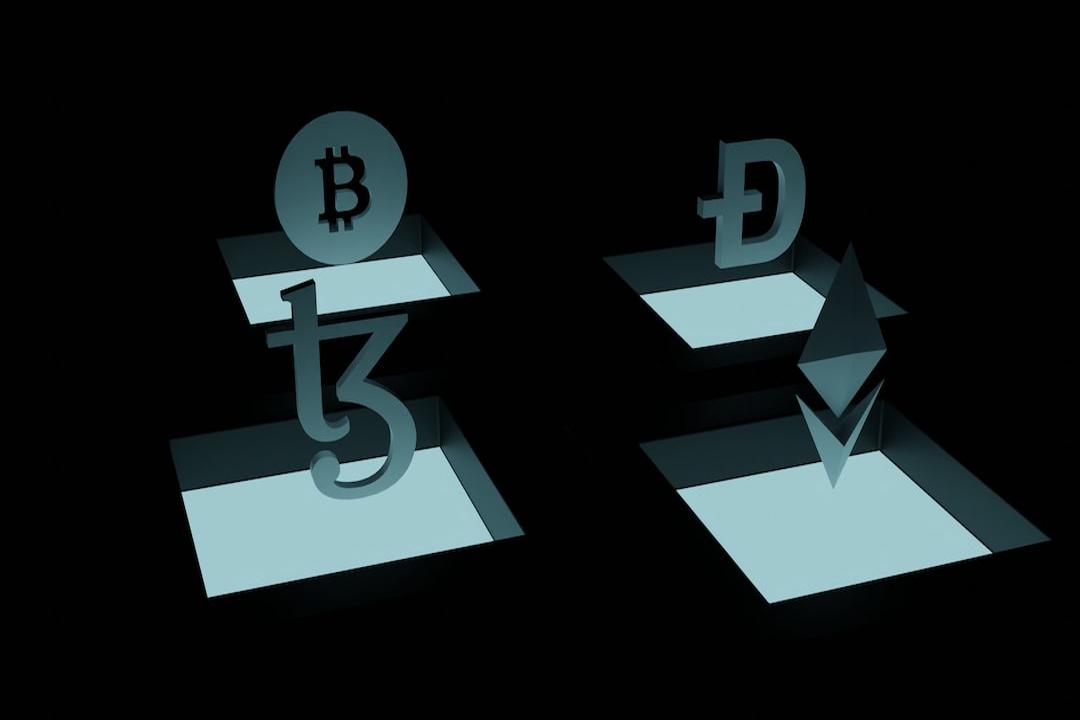The increase in operating costs and the reduction in rewards have had a negative impact on Bitcoin miners. According to cryptocurrency analyst James Check, “The miners are ‘dying,’ but they haven’t reached catastrophic levels.” In a video clip, Check explains that as of the 14th of the 21st month, block mining on the BTC network is now about XNUMX seconds slower than usual, indicating a decrease in computing power. He estimates that currently about 5% of miners are struggling. While this percentage is sensitive, it is not excessively high. Experts say that miners may allocate some assets, but they will not sell them completely.
The recent halving event reduced the Bitcoin mining reward from 3.125 BTC to XNUMX BTC on the 20th of the month, leading to a decline in computing power as some mining companies closed unprofitable platforms. Read more:
Despite the existence of serious FUD (fear, uncertainty, and doubt), Bitcoin network transaction activity is still growing. Despite the challenges, Checkmatey believes that miners are likely on the edge of profitability. They mine new bitcoins primarily to cover operating costs. He states that miners are in a unique position where they are neither fully surrendering like in a bear market nor flourishing.
Check also emphasizes that transaction fees are becoming an increasingly important part of miners’ income. This shift forces the mining industry to innovate and manage capital more efficiently.
Matthew Siegel, Director of Digital Asset Research at VanEck, noted that while most Bitcoin miners sell 100% of their assets, some miners (such as CLSK) manage to hold BTC and use the balance to acquire new capacity.

